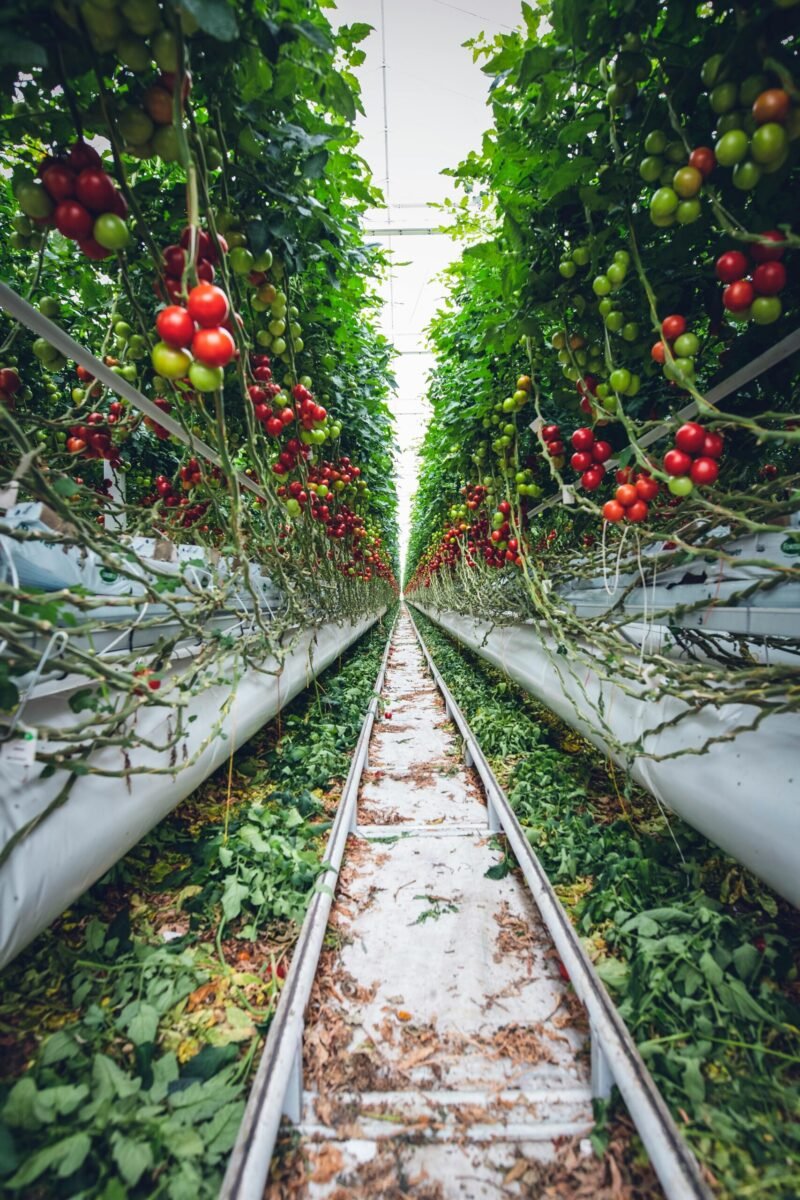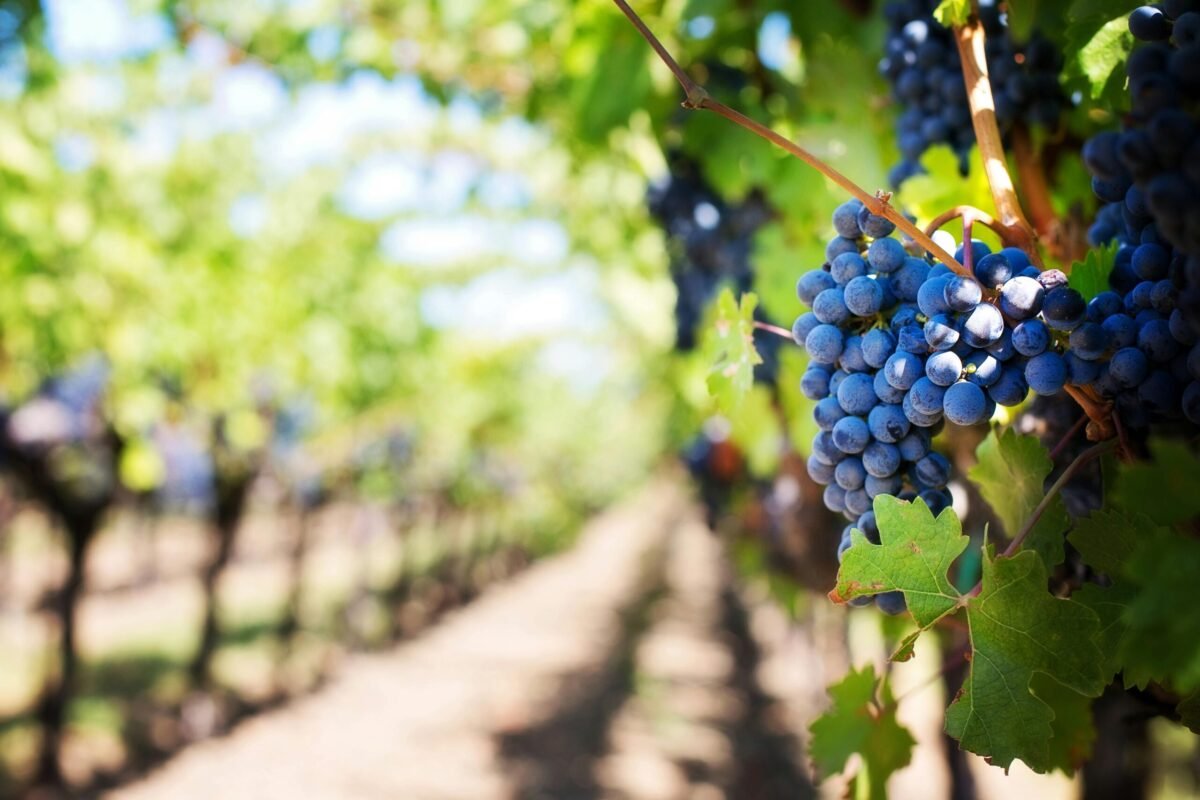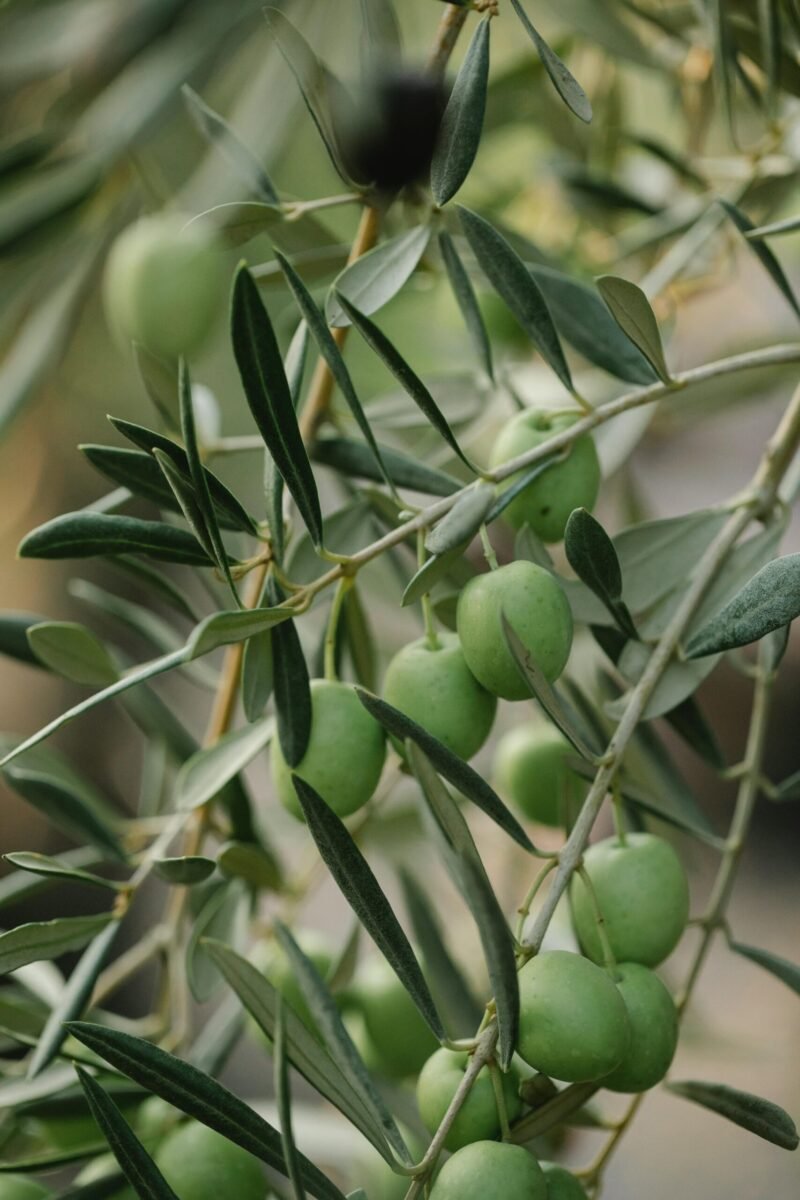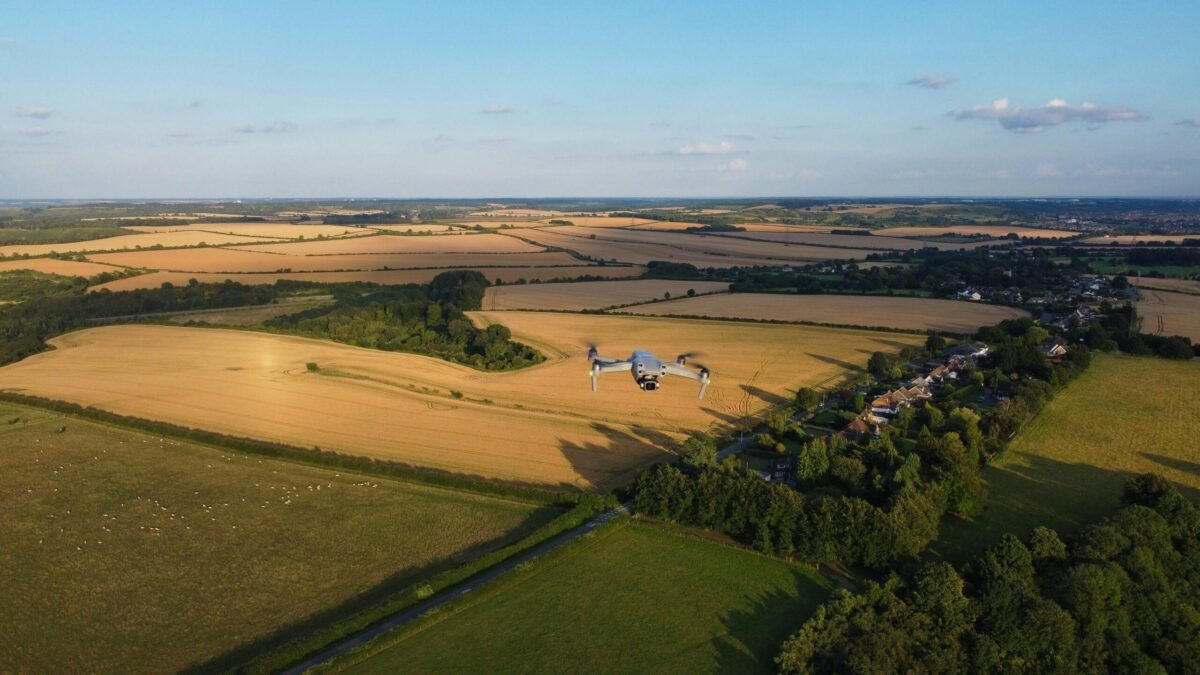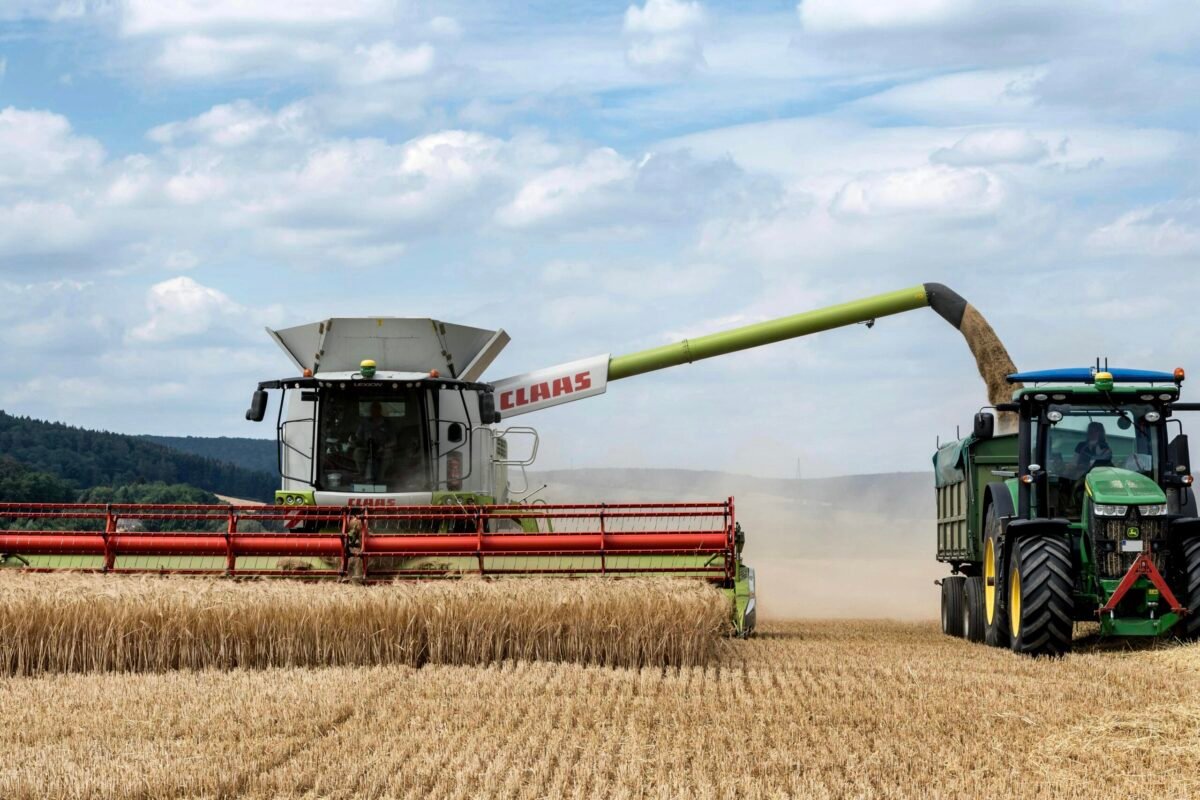The rapid development and adaptation of technology by the agriculture sector in recent years has opened new possibilities that were previously deemed impossible. Indoor farming, once a niche segment of agriculture, is experiencing unprecedented growth. Driven by technological innovation, climate change, and the push for sustainable food systems, this method of cultivation is transforming how we grow and consume food. From greenhouses to vertical farms, indoor farming encompasses a diverse range of practices tailored to meet modern challenges. This article explores the various types of indoor farming, their economic potential, and the critical role of climate change in their rise.
What is Indoor Farming?
Indoor farming involves cultivating crops in controlled environments, independent of natural weather conditions. It allows for precise management of temperature, humidity, light, and nutrients, ensuring consistent and high-quality yields.
Types of Indoor Farming:
- Greenhouse Farming
- Description: A widely used method that involves growing crops in transparent or semi-transparent structures that trap sunlight and create a controlled environment.
- Technology: Automated ventilation, drip irrigation systems, and heating or cooling systems for climate regulation.
- Key Crops: Tomatoes, cucumbers, bell peppers, and flowers.
- Advantages: Efficient use of natural light combined with technological enhancements, making it cost-effective and scalable.
- Vertical Farming
- Description: Utilizes vertically stacked layers in urban environments to maximize space efficiency.
- Technology: LED grow lights, hydroponic or aeroponic systems, and AI-powered climate controls.
- Key Crops: Leafy greens, strawberries, and herbs.
- Hydroponics
- Description: A soil-less farming method that grows plants in nutrient-rich water solutions.
- Technology: Pumps, sensors, and recirculating systems to optimize water and nutrient usage.
- Key Crops: Lettuce, spinach, and peppers.
- Aquaponics
- Description: Combines aquaculture (fish farming) with hydroponics, creating a closed-loop ecosystem where fish waste fertilizes plants.
- Technology: Water filtration systems and monitoring tools to maintain balance.
- Key Crops: Leafy greens and herbs; fish such as tilapia.
- Container Farming
- Description: Involves retrofitting shipping containers into small, controlled farms.
- Technology: IoT-enabled monitoring systems and vertical hydroponics.
- Key Crops: Microgreens and herbs.
Economic Viability
The economic potential of indoor farming varies across methods, but technological advancements are steadily improving its cost-effectiveness.
- Greenhouses as a Benchmark: Greenhouse farming is often the most economically viable option due to its reliance on natural light, reducing energy costs compared to vertical farming.
- Automation and AI: Robotics and AI are lowering labor costs and increasing productivity across all indoor farming types.
- Scalability: Vertical and container farms, though expensive initially, are gaining traction in urban areas where land is scarce and expensive.
- Market Trends: The global indoor farming market is growing at a CAGR of 9.5%, driven by demand for fresh, locally produced food.
The Role of Climate Change
Climate change is a significant factor behind the growth of indoor farming. Extreme weather events, droughts, and rising temperatures are making traditional farming less reliable. Indoor farming offers a controlled alternative that mitigates these risks.
- Greenhouses Combat Climate Volatility: Greenhouses provide a hybrid solution, utilizing sunlight while shielding crops from adverse weather conditions.
- Water Efficiency: Hydroponic and aquaponic systems use up to 90% less water than traditional farming methods.
- Urban Resilience: Vertical farms and container farms reduce the need for long supply chains, cutting transportation emissions and food waste.
Challenges and Future Outlook
While indoor farming has clear advantages, it also faces hurdles:
- High Energy Demand: Vertical farming and greenhouses with artificial lighting can be energy-intensive. Advances in renewable energy integration are critical for reducing costs and environmental impact.
- Technology Dependence: The complexity of automated systems can lead to maintenance challenges and a steep learning curve for operators.
- Scaling Greenhouses: While greenhouses are cost-effective, scaling them to produce staple crops like grains remains challenging due to space requirements.
Despite these challenges, the future of indoor farming is promising. Innovations such as solar-integrated greenhouses, AI-driven climate optimization, and blockchain for transparent supply chains are enhancing its efficiency and sustainability.
Conclusion
Indoor farming, particularly greenhouse farming, exemplifies the harmonious blend of tradition and technology. As climate change reshapes global agriculture, greenhouses and other indoor farming methods offer resilient, efficient, and sustainable solutions. From sprawling greenhouses to high-tech vertical farms, the rise of indoor farming reflects humanity’s ingenuity in ensuring food security in a changing world.
Whether it’s a sunlit tomato in a greenhouse or a nutrient-packed herb from a vertical farm, the future of agriculture is increasingly bright—and often indoors.

